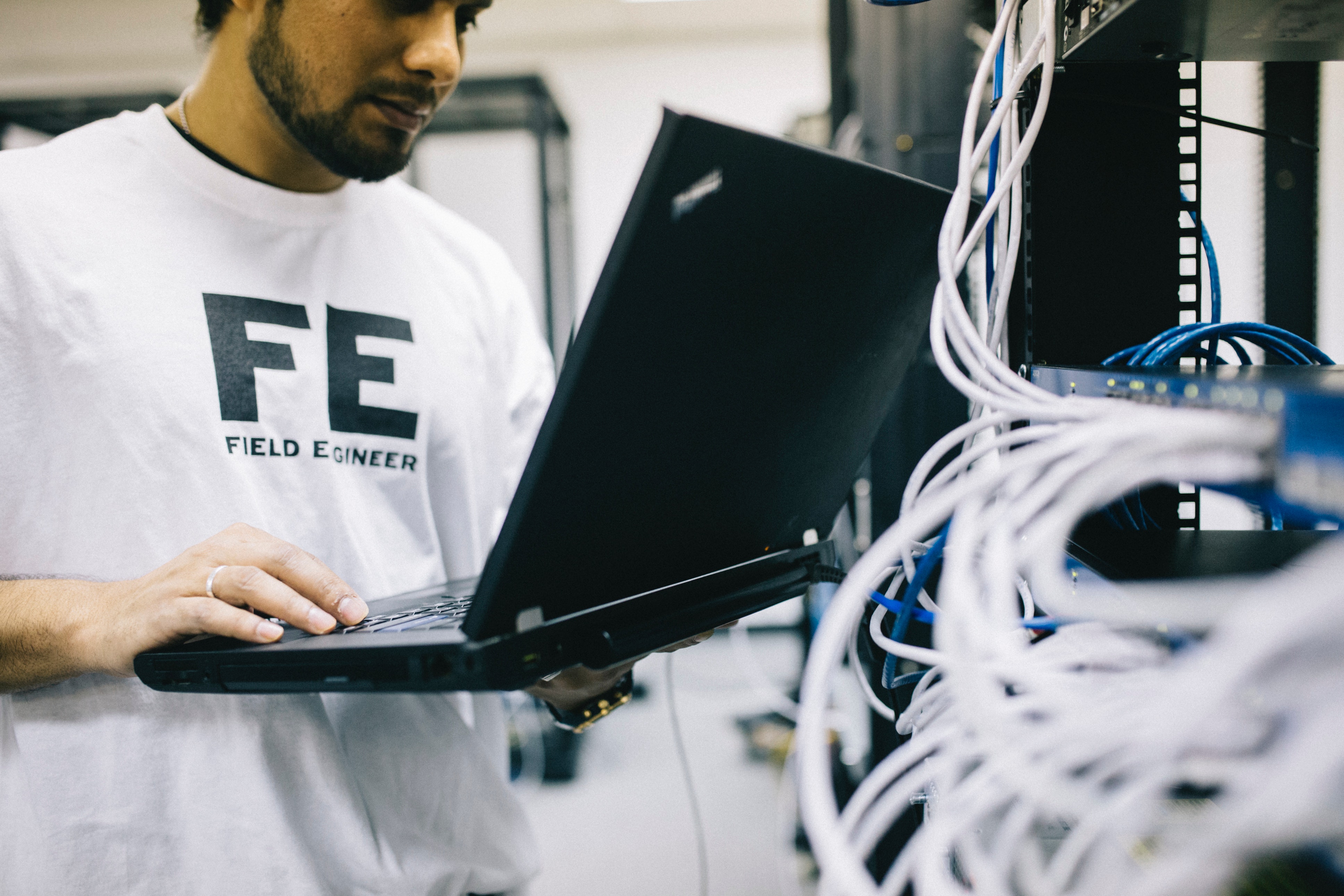
In recent years, the global workforce landscape has experienced a monumental shift with the widespread adoption of remote work. While this transformation offers unprecedented flexibility and opportunities, it also brings about new challenges for organizations. As employees connect to company resources from various locations and devices, ensuring the security of your network becomes paramount. In this article, we will delve into a comprehensive range of strategies and best practices to effectively secure your network in the era of remote work.
Prioritize Cloud Security Measures
Many organizations now rely on cloud-based solutions to facilitate remote work collaboration. Unfortunately, not all cloud platforms are created equal in terms of security. Be sure to engage a reputable IT consulting firm to evaluate and implement the right cloud security measures for your organization. This can include encryption for data both at rest and in transit, strong identity and access management protocols, and continuous monitoring for any potential vulnerabilities or security breaches.
Employ End-point Security Solutions
End-point security solutions provide an extra layer of protection to individual devices. This can encompass antivirus software, intrusion detection systems, firewalls, and more. Centralized management of these solutions ensures that all devices adhere to security policies and receive real-time updates to defend against emerging threats effectively. You can build an in-house team or engage a trusted managed IT services provider to assist you with deploying and managing these cybersecurity measures.
Use Multi-Factor Authentication (MFA)
The foundation of network security starts with robust authentication measures. Mandate the use of strong, unique passwords and talk to your IT solutions provider about implementing multi-factor authentication (MFA). MFA strengthens protection by requiring users to provide additional verification beyond just a password, such as a code sent to a mobile device or a hardware token. By requiring multiple forms of verification, you greatly reduce the risk of unauthorized access even if passwords are compromised.
Implement Segmented Access Controls
Access controls should be based on the theory of least privilege. What this means is that employees should only be able to access to the resources and data that are absolutely necessary for their specific job roles. This practice limits the exposure of sensitive data and minimizes the impact of a security breach. Network segmentation also confines any potential breaches, making it challenging for attackers to move within the network instead of having unrestricted access to the entire system once they gain entry.
Embrace Virtual Private Networks (VPNs)
Virtual private networks (VPNs) create encrypted tunnels that enable remote employees to access the company network securely over the Internet. VPNs work by encrypting data and routing it through secure servers, protecting it from interception or unauthorized access. This ensures that data transmitted between remote devices and the corporate network remains confidential and shielded from potential threats. Choosing a reputable VPN service that offers strong encryption protocols and stringent security standards is crucial.
Regularly Update Software
Unpatched software and outdated applications can serve as entry points for cybercriminals. Most software companies regularly release updates and patches to address security vulnerabilities as they emerge. Therefore, it is key to stay up-to-date with the latest software updates and promptly apply patches across operating systems, applications, and security software. Establish a comprehensive patch management strategy to ensure that all devices remote employees use have the latest patches and fixes installed.
Educate Employees on Best Practices
Empowering your remote workforce with knowledge about cybersecurity best practices is vital as it will prevent simple human errors that could compromise the security of your organization’s data. Conduct regular training sessions that cover topics such as identifying phishing emails, using only secure Wi-Fi networks, recognizing malicious downloads, and adhering to proper password hygiene. Well-informed employees can better identify threats and take appropriate actions to protect sensitive information.
Conduct Regular Security Audits
Regular security audits and penetration testing involve systematically assessing the vulnerabilities within an organization’s network infrastructure, applications, and security protocols. Security audits provide a comprehensive overview of existing security measures and potential weak points, helping organizations identify areas that require improvement. Penetration testing, on the other hand, involves controlled simulations of cyberattacks to uncover vulnerabilities that could be exploited by malicious actors.
Craft an Effective Incident Response Plan
Lastly, even with comprehensive security measures in place, no network is entirely immune to cyber threats. A clear and well-designed incident response plan is critical for minimizing damage and swiftly restoring normal operations. This plan should outline the steps to take in the event of a breach, including communication protocols, containment strategies, and recovery processes. The incident response plans should be regularly tested and updated to align with the evolving threat landscape and changing organizational dynamics.
Conclusion
Remote work has many benefits, such as increased productivity and better employee work-life balance. However, it also introduces new security vulnerabilities that organizations must address to protect their data and systems. As cyberattacks become more sophisticated, an adaptable and comprehensive security approach will be your organization’s greatest safeguard in the digital realm. By partnering with a trusted IT solutions provider and employing the above best practices, you can prevent cyberattacks and security breaches while making the most of the advantages that come with remote work.